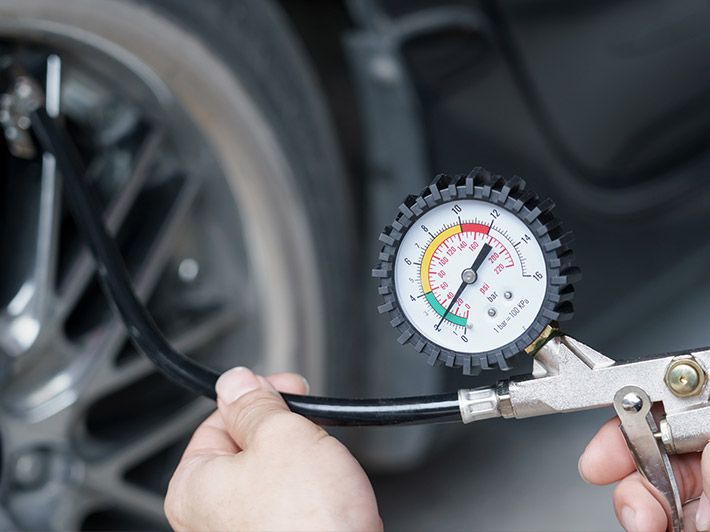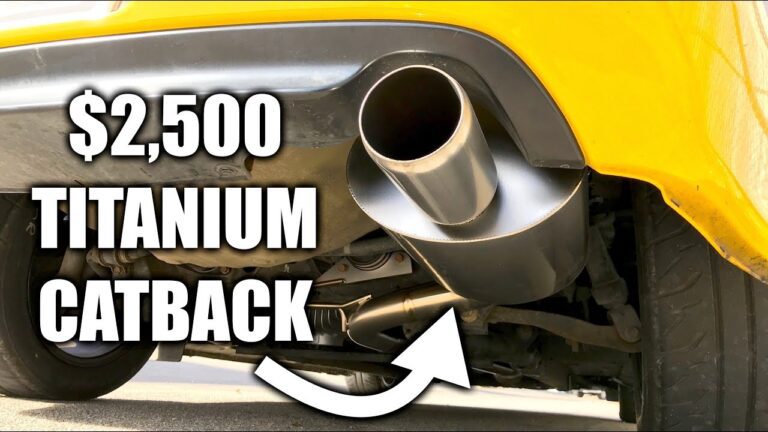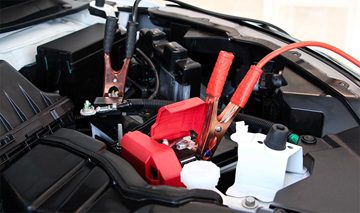Can I Drive My Car With a Broken Exhaust Pipe? Discover the Surprising Truth!
Yes, you can drive your car with a broken exhaust pipe, but it is not recommended. Introducing an extremity in the exhaust system, a broken exhaust pipe can lead to several potential issues that can affect the overall performance and safety of your vehicle.
First and foremost, a broken exhaust pipe can cause harmful fumes, including carbon monoxide, to enter the cabin, putting you and your passengers at risk of poisoning. Additionally, a sputtering sound, reduced engine power, and excessive emissions are common signs of a broken exhaust pipe.
Over time, driving with a broken pipe can lead to further damage to the catalytic converter and other engine components, resulting in costly repairs. Therefore, it’s crucial to address a broken exhaust pipe promptly by seeking professional repair or replacement.

Credit: www.amazon.com
Why Addressing A Broken Exhaust Pipe Is Crucial
Why Addressing a Broken Exhaust Pipe is Crucial
A broken exhaust pipe in your car can bring about dire consequences if left unaddressed. Carbon monoxide, a deadly gas, can accumulate inside the vehicle and pose serious health risks to passengers. This gas is colorless, odorless, and tasteless, making it difficult to detect without proper exhaust system functioning.
Moreover, when the exhaust pipe is faulty, it can lead to potential damage to other essential car components. The continuous emission of exhaust gases onto nearby parts can cause them to corrode, weaken, or deteriorate. This includes the catalytic converter, oxygens sensors, and even the engine itself, potentially resulting in more expensive and extensive repairs.
It is crucial to recognize the importance of promptly addressing a broken exhaust pipe. By doing so, you protect yourself and others from harmful carbon monoxide buildup inside the vehicle and prevent further damage to various car components.
Signs And Symptoms Of A Broken Exhaust Pipe
Unusual noises and vibrations while driving can indicate a broken exhaust pipe. These sounds can range from a low rumbling to a loud hissing or popping. Another sign to watch out for is decreased performance and fuel efficiency. If your car is struggling to accelerate or you are constantly visiting the gas station, it could be due to a broken exhaust pipe. Leakage in the exhaust system can cause gases to escape before they are properly treated, resulting in poor engine performance. Additionally, visible rust or holes in the exhaust pipe can be a clear indication of damage. Rust can weaken the pipe and compromise its structural integrity, increasing the risk of more severe damage. To ensure your safety and the health of your car, it is essential to address a broken exhaust pipe promptly.
Can I Drive My Car With A Broken Exhaust Pipe?
Driving with a broken exhaust pipe can pose both short-term and long-term risks to your vehicle and your health. In the short-term, a broken exhaust pipe can result in carbon monoxide poisoning, which can be extremely dangerous. Carbon monoxide is a colorless and odorless gas that can cause headaches, dizziness, and even death in high concentrations. Additionally, a broken exhaust pipe can also create a fire hazard, as the hot exhaust gases can come into contact with flammable materials underneath your car.
In the long-term, driving with a broken exhaust pipe can lead to engine damage. The exhaust system plays a crucial role in removing harmful gases and maintaining the proper air-fuel ratio in the engine. A broken pipe can disrupt this process and cause the engine to run inefficiently, leading to increased wear and potential damage. Moreover, driving with a broken exhaust pipe can also result in expensive repairs in the future, as the damage can spread to other components of the exhaust system.
What To Do If You Have A Broken Exhaust Pipe
htmlHaving a broken exhaust pipe in your car can be a cause for concern. It not only affects the performance of your vehicle but also poses potential risks to your health and the environment. In such a situation, it is important to take prompt action to address the issue. Getting a professional inspection is the first step towards resolving the problem. A trained mechanic will be able to assess the extent of the damage and provide you with the necessary guidance on what needs to be done next. They can also determine if the damage is repairable or if the exhaust pipe needs to be replaced altogether. While waiting for a professional examination, there are a few temporary solutions to minimize risks that you can consider. These may include using exhaust repair tape or sealant to patch up any visible holes or cracks. However, keep in mind that these are temporary fixes and should not be considered as a long-term solution. Ultimately, replacing or repairing the exhaust pipe is the most viable option for a broken exhaust pipe. Depending on the severity of the damage, the mechanic will guide you on whether a repair is possible or if a complete replacement is necessary. Remember, driving with a broken exhaust pipe can be hazardous, both for your car and your well-being. It is best to consult a professional as soon as possible to ensure a safe and efficient driving experience.
Preventing Exhaust Pipe Damage
Can I Drive My Car With a Broken Exhaust Pipe?Regular car maintenance and inspections are crucial for preventing exhaust pipe damage.
Firstly, make sure to schedule regular maintenance checks with a trusted mechanic. They can identify any potential issues before they worsen, including exhaust pipe damage.
Secondly, safe driving practices can help avoid road debris that may cause damage to the exhaust pipe. Maintain a safe distance from other vehicles and be extra cautious when driving over potholes or uneven surfaces.
Furthermore, rust prevention techniques such as treating your exhaust pipe with anti-rust sprays or coatings can significantly prolong its lifespan.
By following these preventive measures, you can ensure that your car’s exhaust pipe remains in good condition and avoid the inconvenience and potential damage of driving with a broken exhaust pipe.
Frequently Asked Questions On Can I Drive My Car With A Broken Exhaust Pipe
How Bad Is It To Drive With A Broken Exhaust Pipe?
Driving with a broken exhaust pipe is not recommended. It can lead to increased noise, reduced fuel efficiency, and potential carbon monoxide poisoning. Get it fixed to ensure your safety and prevent further damage to your vehicle.
What Happens If Your Exhaust Pipe Breaks?
If your exhaust pipe breaks, it can lead to increased noise, decreased fuel efficiency, and potentially harmful fumes entering the cabin. It’s important to have it repaired promptly to avoid further damage to your vehicle’s performance and safety.
How Long Can You Drive With A Cracked Exhaust?
You should not drive with a cracked exhaust as it can lead to potential risks like increased noise levels and decreased fuel efficiency. Furthermore, a cracked exhaust can pose a threat to your safety and the environment.
Is It Ok To Drive Without An Exhaust Pipe?
Driving without an exhaust pipe is not recommended. It can lead to harmful fumes entering the vehicle, affecting your health and safety. It is also illegal in most jurisdictions due to increased noise pollution and environmental damage. It is essential to have a properly functioning exhaust system for your vehicle’s performance and overall well-being.
Conclusion
To wrap it up, driving your car with a broken exhaust pipe is not recommended. Besides the potential for loud noises and emissions issues, it can be hazardous to your health. Carbon monoxide can enter the cabin, causing headaches, dizziness, and even death.
Furthermore, ignoring a broken exhaust pipe can lead to further damage to your vehicle and potentially costly repairs. Don’t take chances with your safety and the well-being of your car. Get your exhaust pipe fixed promptly by a professional mechanic.






